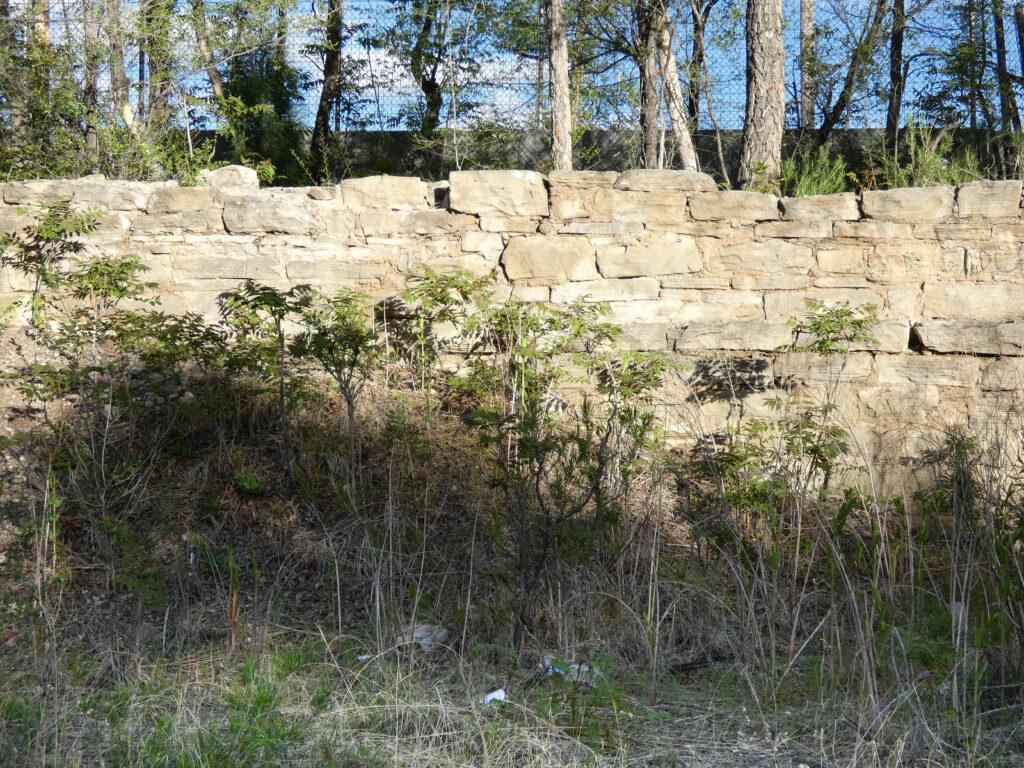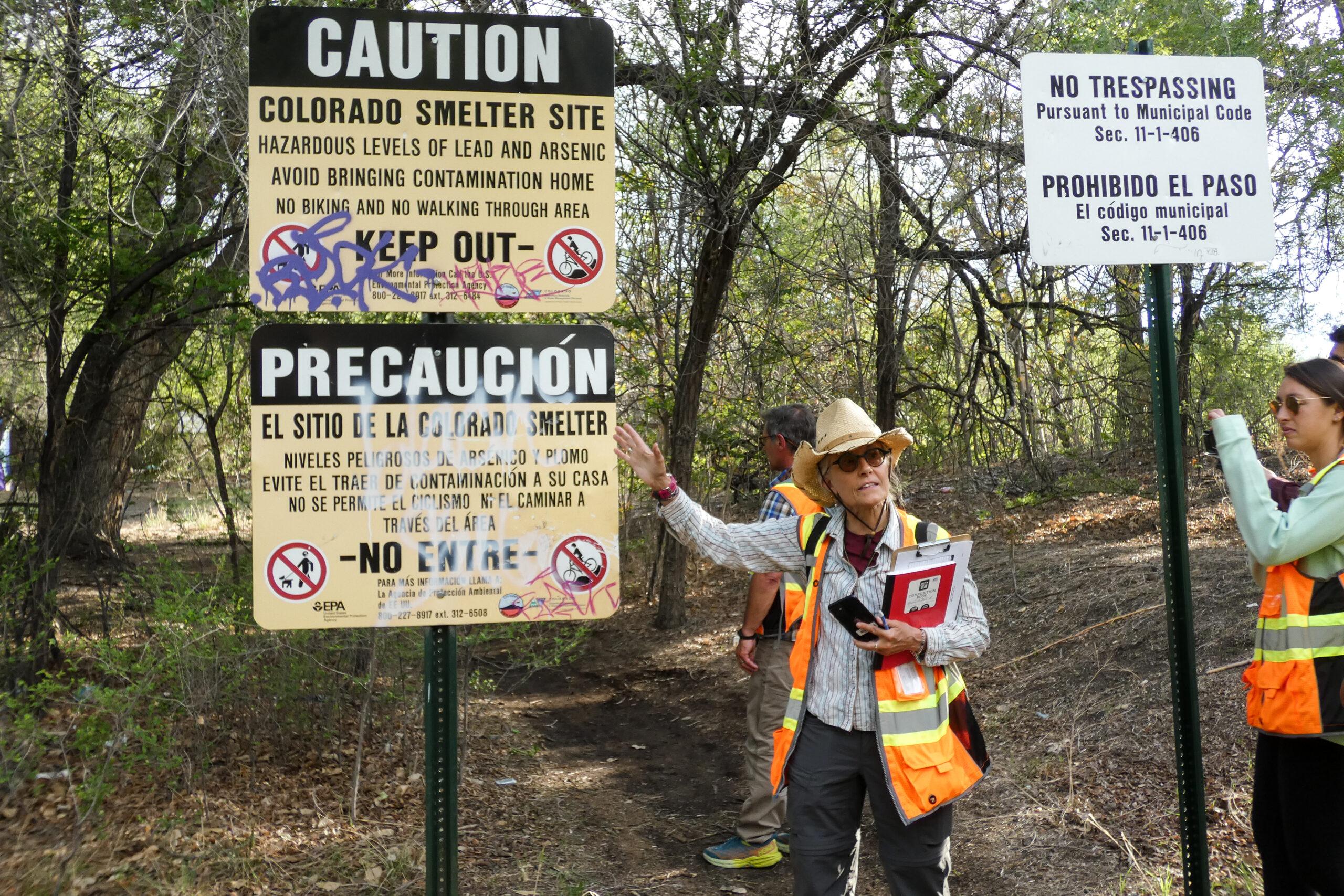
On the south side of Pueblo an informal trail goes past no trespassing signs. Trees stand amidst the ruins of stacked rock walls – remnants of a smelter that extracted metal from ore by melting it in a blast furnace. It shut down in 1908, leaving behind toxic lead and arsenic.
Giant black boulders look like they’re part of the landscape, but Environmental Protection Agency project manager Sabrina Forrest said they aren’t natural formations.
“This is the typical slag as it would come out of the smelter and it just gets poured while it was still hot,” she said. “It looks a lot like something that happens during volcanism.”
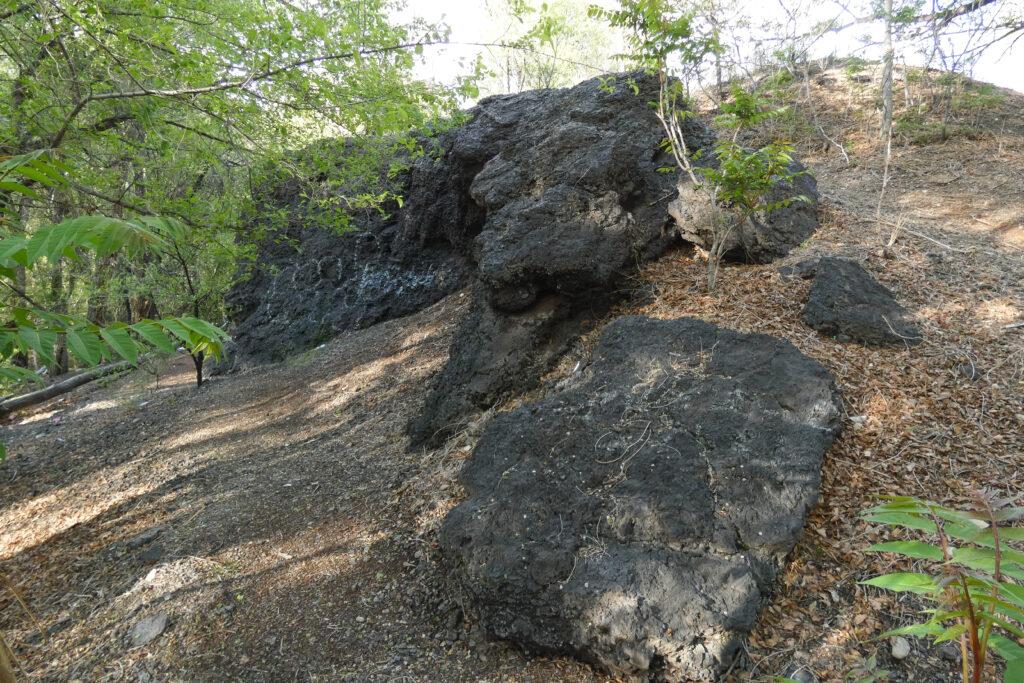
Forrest said they’re testing those big black slag rocks – and piles of much smaller gray and green ones strewn about–as part of their ongoing work at the site.
That’s some of the work that EPA’s Amanda Bartley is supervising. She said they’re looking into ecological conditions in the area where the smelter stood.
“We’re collecting data, doing some sampling, trying to understand what the contamination is, where it is, what it's affecting,” she said. “Once we have a better picture of that, we're going to come out with another report, which is the feasibility study that explains what we can do to clean up the contamination” in that area.
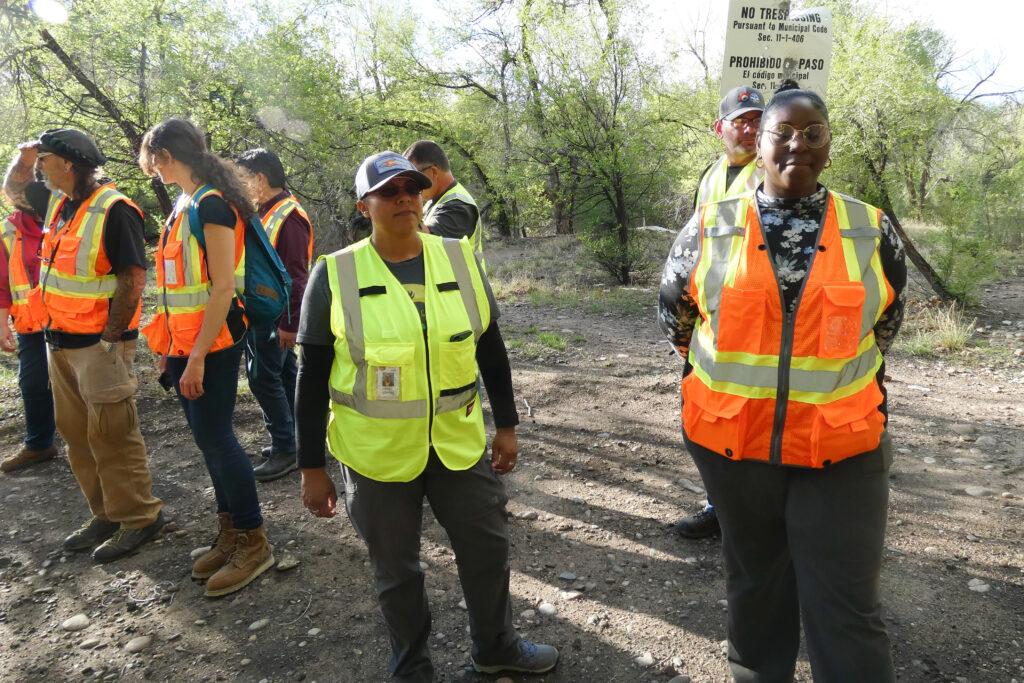
But Forrest points to another threat - slag dust and small particles. “It's more that really fine-grained material and kind of the classic hand-to-mouth children's activity that we're most concerned about,” she said. Over time the wind carried slag dust into nearby neighborhoods.
Arsenic and lead can cause neurological problems and other health issues, especially in children and pregnant people.
The informal trail meanders along a deep ravine and a skinny dog barks nervously not far away. There are more than a dozen tents, some in tatters, and a lot of trash scattered among the trees. Unhoused people are living in this Superfund site. The EPA and other agencies are working to help them understand the risks and get them to safer situations.
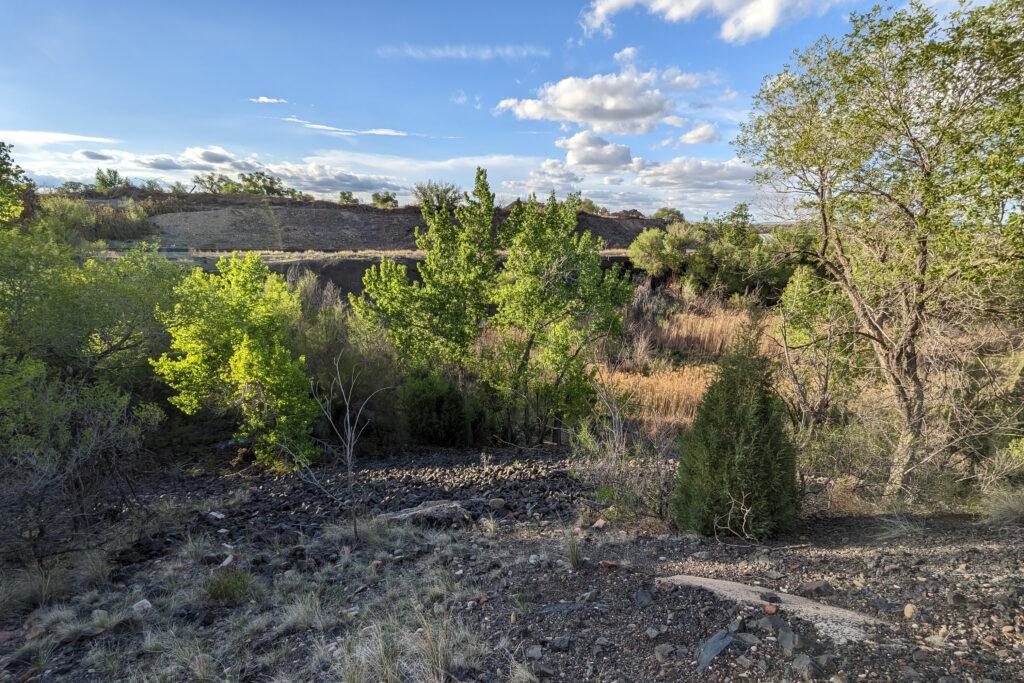
The EPA has tested soil around some 1900 homes in the last eight years. More than 40 percent needed to have tainted dirt removed and replaced with new clean material - work arranged and paid for by the EPA.
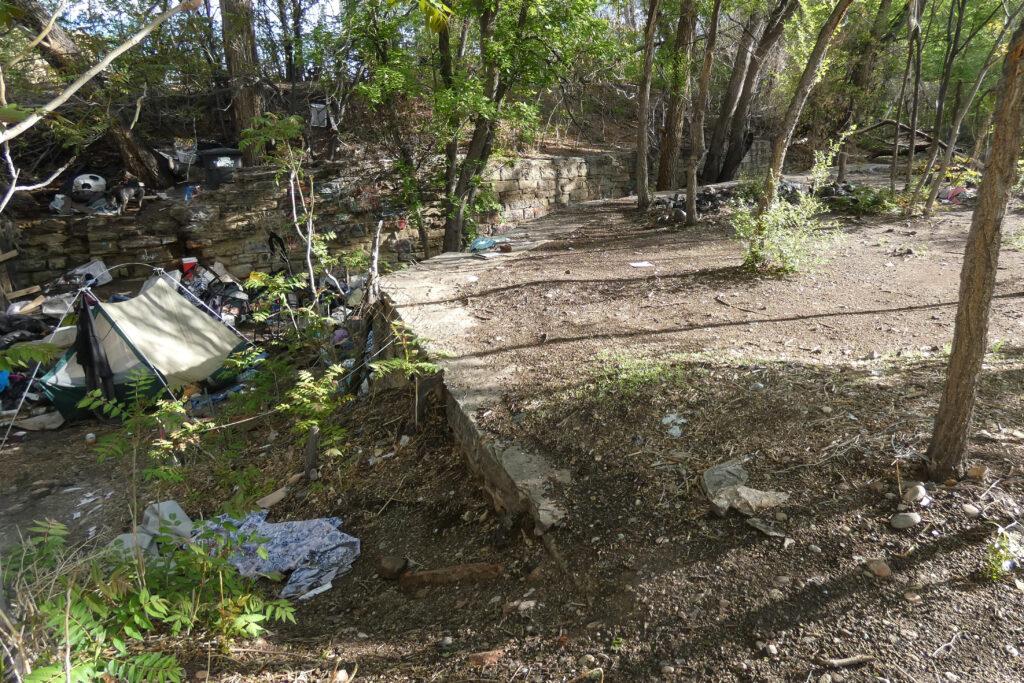
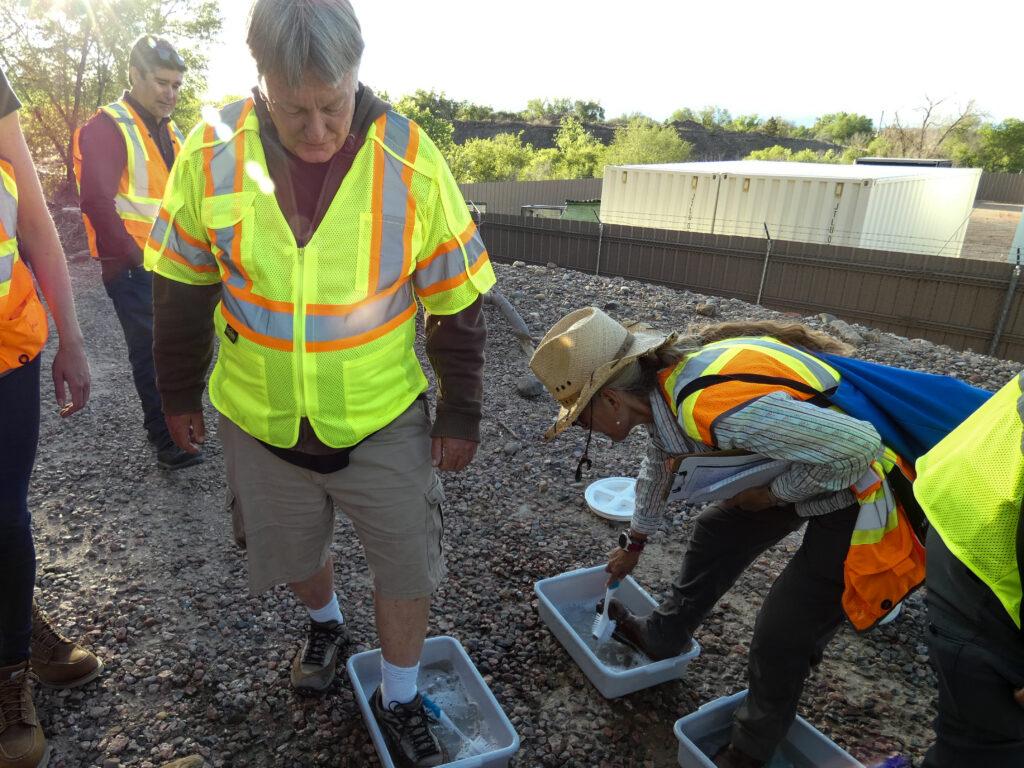
But former Pueblo County commissioner Terry Hart is concerned because changes to federal lead safety standards are underway. And the updates could mean more properties would qualify for EPA cleanups.
“What we don't want is EPA saying we're done, pulling out stakes, moving out - [then] the lead level changes and then EPA has to come back in town,” he said.
EPA officials said they can’t change the lead threshold levels until the policy change is made official. The agency still has years of work left to do around the smelter site and expects to start testing on commercial properties this summer, so they aren’t actually leaving town so quickly. But this is the last week homeowners can sign up for soil testing and the contractors handling the residential clean-ups will be done soon.
